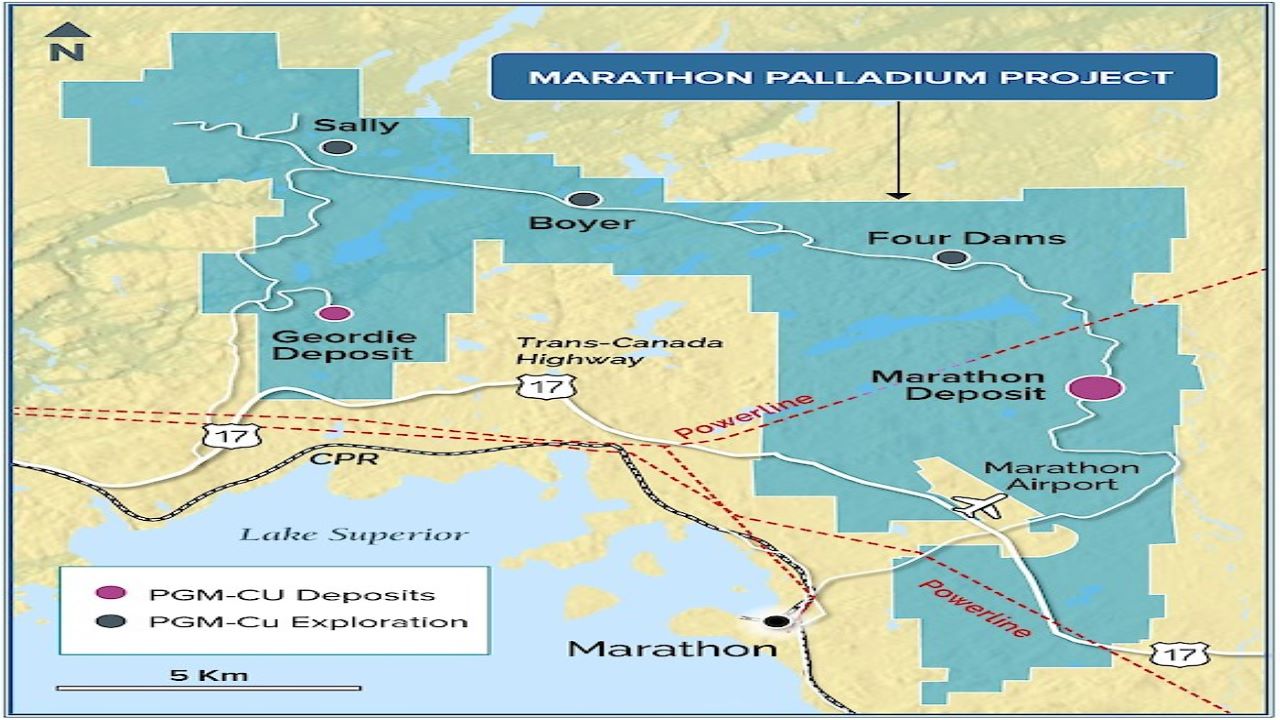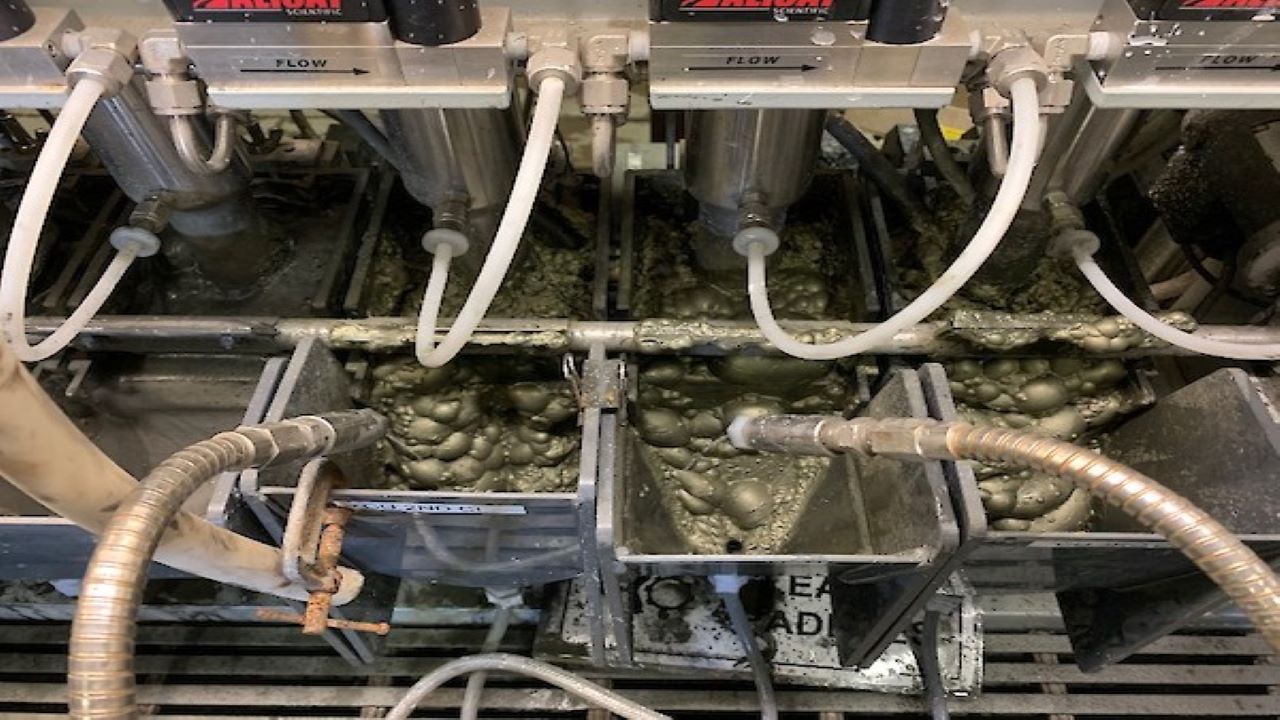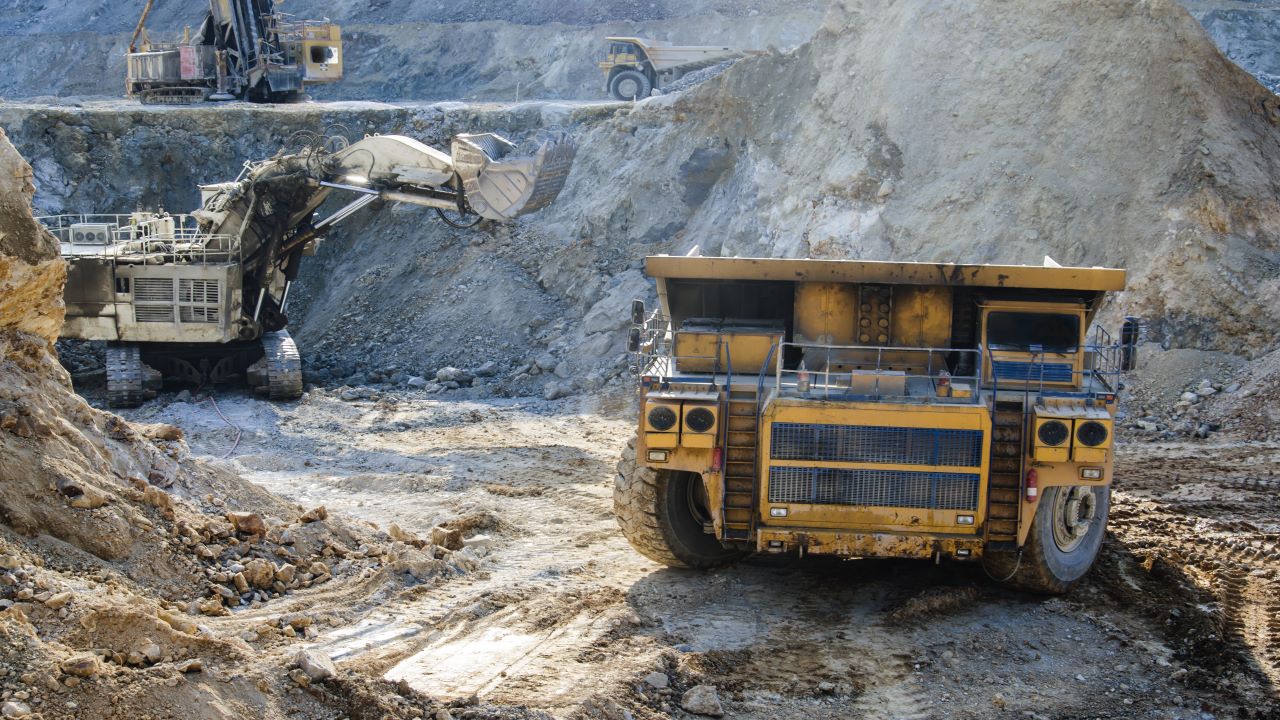The Marathon Palladium-Copper Project is a new open-pit mining development in Ontario, Canada. Generation Mining owns an 80% interest in the property, with the remainder held by Stillwater Canada, a wholly owned subsidiary of Sibanye-Stillwater.
In 2019, Generation Mining bought a 51% stake in the mining project from Sibanye-Stillwater, with the option to raise the interest to 80%. In November 2020, it came to own the 80% interest in the project following the fulfilment of previously agreed conditions.
A pre-feasibility study (PFS) for the project was completed in January 2020, and a feasibility study (FS) was completed in March 2021. The project is estimated to require a capital investment of approximately $520m for a mining life of 13 years.
Marathon Project location and geology
The Marathon Project is located around 10km north of Marathon, Ontario. The property encompasses 45 mineral leases and 1,071 claims covering an area of around 21,965ha.
The copper and palladium mining project site lies along the eastern margin of the Coldwell Complex, in the Keweenawan Supergroup of igneous, volcanic and sedimentary rocks near the Midcontinent Rift System (MRS). The Marathon deposit is hosted by the Two Duck Lake Gabbro, a late intrusive phase of the Eastern Gabbro. The Eastern Gabbro is a composite intrusion occurring along the margins of the Proterozoic Coldwell Alkaline Complex.
The local geology is characterised by intrusive cross-cutting relationships between assemblages of gabbroic to ultramafic rocks. The Marathon deposit’s geology is also defined by complicated basal contact between the Eastern Gabbro and partially melted Archean rocks.
Marathon Project mineralisation and reserves
The palladium, platinum and copper mineralisation at the project mainly occurs in the Two Duck Lake Gabbro. It comprises several large, thick and continuous zones of disseminated sulphide zones within the Two Duck Lake Gabbro, occurring as shallow-dipping sub-parallel lenses. The main mineralised zone is the thickest and most continuous, with an average thickness of 35m and maximum thickness of up to 183m.
The sulphide mineralisation is mainly chalcopyrite and pyrrhotite, with small amounts of bornite, cobaltite, pentlandite and pyrite.
In September 2020, the proven and probable mineral reserves of the Marathon Project were estimated at 117.7 million tonnes (Mt) grading 0.619g/t of palladium (Pd), and 0.205% copper (Cu) containing 2.34 million ounces (Moz) of Pd.
Mining and recovery methods
The Marathon project will employ conventional open-pit mining methods, including truck and shovel operations and drilling and blasting. Three pits will be mined to target the Marathon, Geordie and Sally deposits over the mine life. A pre-production mining period of two years will include overburden removal and ore stockpiling before the processing plant is commissioned.
The mining fleet for the commercial operations will be operated by the owner, while certain support activities, including explosive supply and blasting activities, will be outsourced. The primary loading equipment will consist of two 29m³ hydraulic face shovels, including a 30m³ front-end wheel loader. The loading units will be supported by a fleet of 13 216t haulage trucks. A limited volume of overburden will be excavated by two 90t excavators, which will also be used to mine ore zones associated with the W Horizon in the south pit.
The mining operations at the Marathon project will be carried out in 10m benches, with peak mining capacity estimated at 40Mt. A total of 447Mt of overburden material will be moved over the course of the operation. The waste rock dump will be located east of the open pits, while the 12Mt ore stockpile will be to the west of the pits, near the crusher.
The processing plant design is based on an operating capacity of 9.2Mt a year, or 25,200 tonnes per day (tpd), to produce a copper-palladium concentrate. A palladium scavenger (PGM scavenger) circuit will also be installed, including cyclone classification of rougher tailings.
Generation Mining has completed the first and second phases of metallurgical testing and pilot plant tests. The second phase confirmed the metal recovery expectations and tested the effectiveness of Woodgrove Direct Flotation Reactors (DFR) technology for cleaner circuit flotation.
The crushing and grinding circuit will be equipped with a semi-autogenous grinding (SAG) mill, a pebble crusher and a semi-autogenous ball mill crusher (SABC). The flotation circuit incorporates the Woodgrove Direct Flotation Reactors (DFRs) and includes a rougher flotation and concentrate regrind, followed by three stages of cleaning.
Infrastructure facilities
The Marathon project can be accessed via a gravel road from Highway 17, located north of Marathon and immediately south of the property.
The project’s power supply requirements will be met through a 115kV power line connection to the main grid, via a 4.6km cable connection southeast from a tap point on the M2W powerline. An emergency power supply will be provided by a 2MW diesel generator.
Potable water required for the mining operation will be supplied from treated groundwater via a purpose-drilled well and/or an off-site source. The project site will have three water supply systems, including a clean process water supply system, a potable water supply, and a thickener overflow and reclaimed water supply system.
Contractors involved in the Marathon project
In March 2021, the feasibility study for the project was prepared by Canada-based mining company G Mining Services, with support from Ausenco Engineering Canada, Knight Piésold, Western Energy Services (WESC), Haggarty Technical Services and P&E Mining Consultants. The pre-feasibility study for the project was prepared by P&E Mining Consultants.






